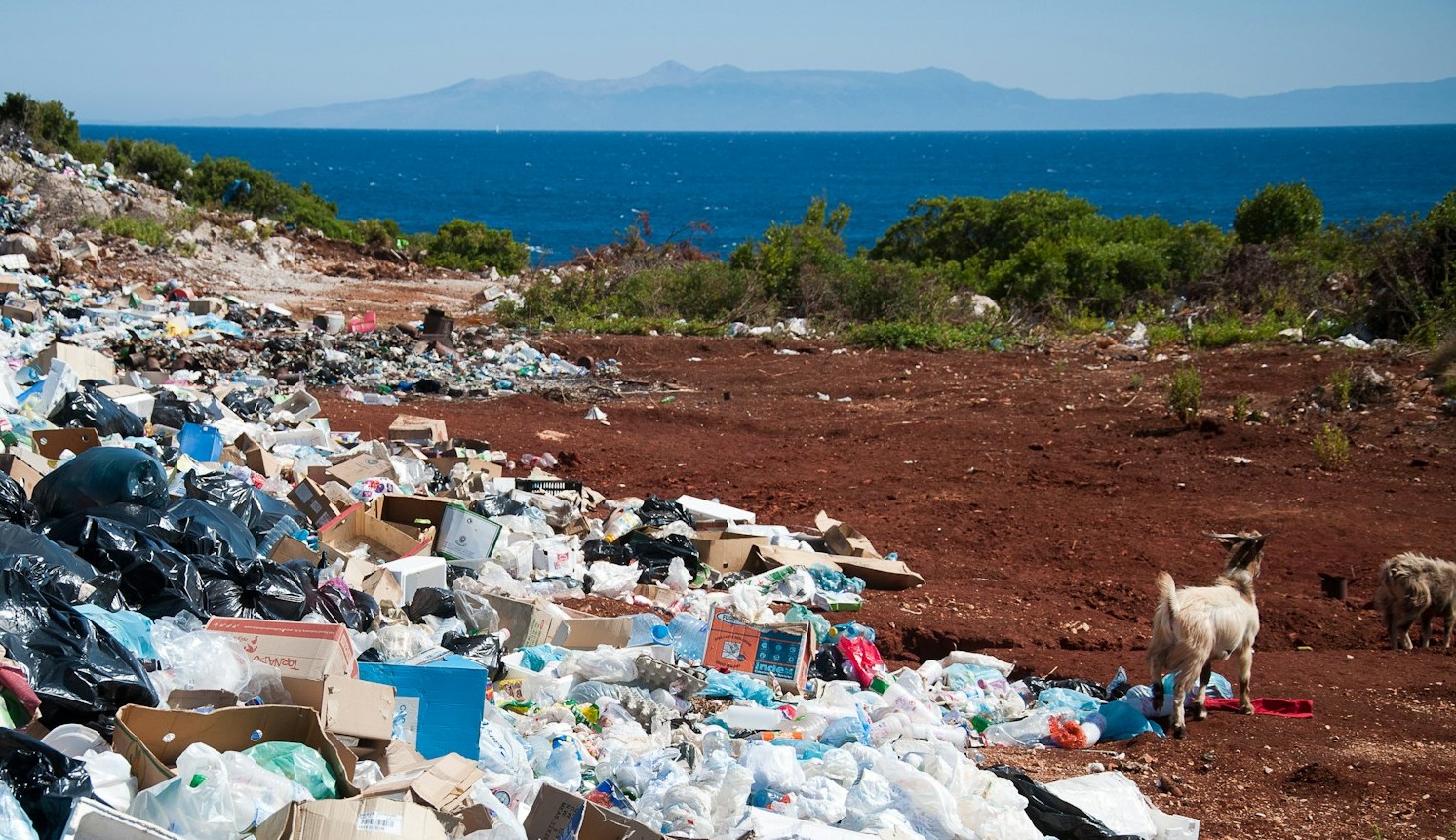 Unsplash - Antoine Giret
Unsplash - Antoine Giret
Zero waste equals multiple benefits for biodiversity
Pollution by waste has adverse impacts on human health and biological diversity. Plastic waste is a case in point: according to the World Bank, it accounted for 12 percent of all municipal solid waste in 2020. The harmful chemicals it contains make plastic waste hazardous for both people and nature. The sheer scale of plastic leakage into the environment is disrupting habitats and natural processes. A 2016 technical report by the Secretariat of the Convention on Biological Diversity (CBD) indicated that marine debris is a globally significant stressor on the marine and coastal environment. 800 marine species are affected by plastic pollution, including microplastics that are ubiquitous in the ocean.
The deployment of effective waste management systems at scale and the promotion of sustainable consumption and production (to prevent the generation of waste) offer co-benefits in halting and reversing biodiversity loss. Here are three ways in which the pursuit of Zero Waste feeds into national efforts to implement the Kunming-Montreal Global Biodiversity Framework, also known as the Biodiversity Plan:
1. Keeping waste-related risks at bay
Target 7 of the Biodiversity Plan invites action to reduce specific pollution types that are known to have particularly harmful impacts on biodiversity globally: excess nutrients, pesticides and highly hazardous chemicals and plastics. The latter are a staple of waste. Through adequate waste management and pollution-prevention, the Parties to the CBD can make progress towards achieving Target 7 of the Biodiversity Plan while scoring points under Sustainable Development Goal-11, particularly Indicator 11.6.1 on Municipal Solid Waste Management, and under other Multilateral Environmental Agreements on chemicals and waste.
2. Protecting green and blue spaces
Enhancing green spaces and urban planning for human wellbeing and biodiversity constitutes the heart of Target 12 of the Biodiversity Plan. These are supposed to be areas of vegetation, inland and coastal waters, located within or in the vicinity of urban agglomerations. Effective waste management protects green and blue spaces and, in many instances, can liberate them from heaps of solid waste that make them akin to dumpsites. Keeping green and blue spaces waste-free lets them cater to both biodiversity and human well-being.
3. Letting nature catch its breath
Overconsumption is one of the major drivers of biodiversity loss. The unsustainable use of biological resources continues to exceed the planet’s capacity to regenerate them. Natural systems are stretched thin. The promotion of sustainable consumption and production for waste prevention, including through regulation, economic incentives, education and awareness-raising, generates co-benefits under Target 16 of the Biodiversity Plan. Preventing food waste eliminates the need to clear spaces for agriculture to feed a growing population. The introduction of re-use and recycling schemes reduces the need for extraction and keeps industrial output in the economy and out of the environment.
More Information:
International Day of Zero Waste (30 March 2024)
Eight ways to overcome the waste pollution crisis